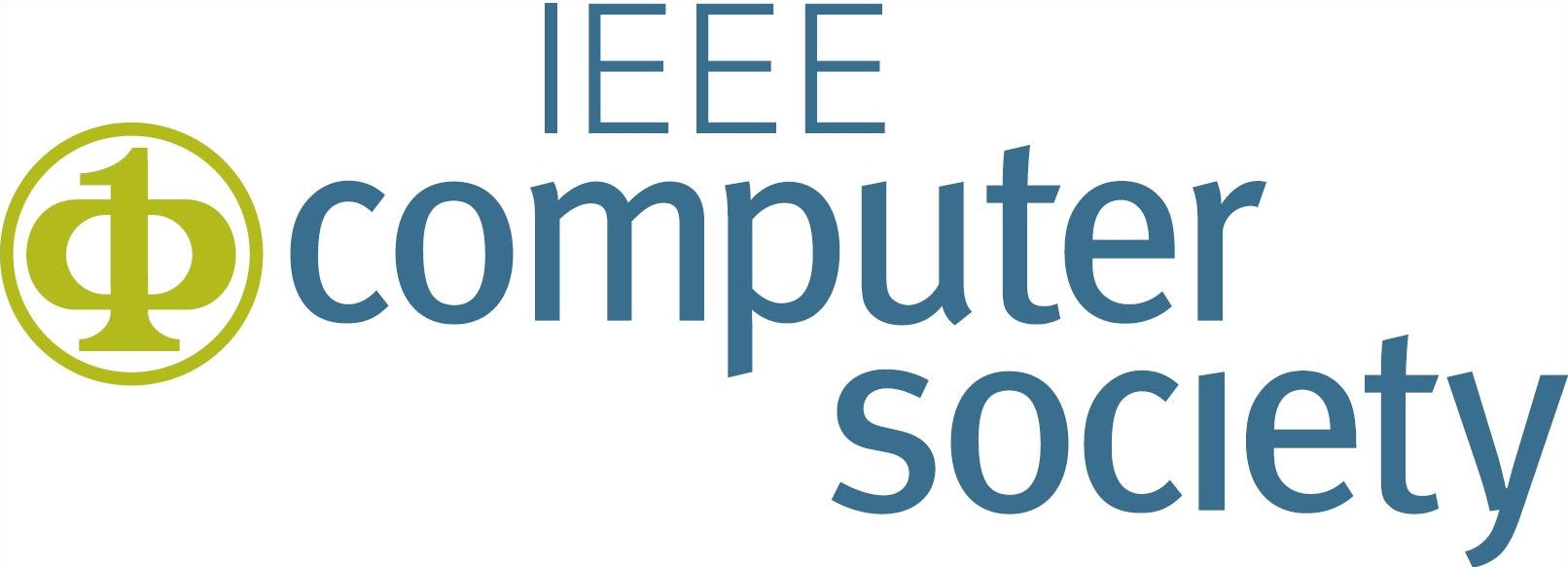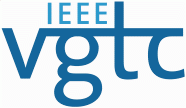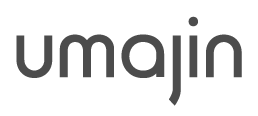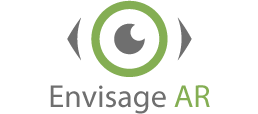





Call for Posters
Poster Papers (2-6 pages including references)
ISMAR is responding to the recent explosion of commercial and research activities related to AR and MR and Virtual Reality (VR) by continuing the expansion of its scope over the past several years. ISMAR 2018 will cover the full range of technologies encompassed by the MR continuum, from interfaces in the real world to fully immersive experiences. This range goes far beyond the traditional definition of AR, which focused on precise 3D tracking, visual display, and real-time performance.
We specifically invite contributions from areas such as Computer Graphics, Human-Computer Interaction, Psychology, Computer Vision, Optics, and in particular VR, and how these areas contribute to advancing AR / MR / VR technology. The poster session is a fix-point of ISMAR, where the community engages in a discussion about the benefits and challenges of AR in other research and application domains.
This year, we will continue with the previously introduced format for Poster papers allowing for more space. Poster papers will be reviewed on the basis of an extended abstract, which can now be 2-6 pages long and contain smaller contributions or work-in-progress. The page limit also includes the list of references.
Please note that ISMAR does not consider a poster paper of up to 2-pages to be an archival publication. Therefore submitting work in a 2-pager poster format does not preclude later submitting the same work in the form of a full paper. And to clarify, poster papers with more than 2 pages will need further scrutiny by ISMAR reviewers to check for added value when submitted as a full paper in later years. ISMAR reviewers are committed to maintaining and enforcing these reviewing principles.
Accepted Poster Papers will be published in the adjunct proceedings of IEEE ISMAR 2018 and will be included in the IEEE Xplore digital library. Poster paper presentation sessions will be organized at the conference. At least one of the authors must register and attend the conference to present the poster.
Important Deadlines
- Submission Deadline: 4th July 2018 (23:59 AoE) - Deadline has been extended!
- Final Notification: 27th July 2018
- Camera-ready version: 12th August 2018
Submission Details
Posters papers must follow the "Conference Proceedings" format for which templates (TEX, DOC) are available from the submission guidelines, or directly from IEEE VGTC:
All materials must be submitted electronically through the Precision Conference website at: PCS
Topics of Interest
All topics relevant to AR, VR and MR are of interest. Note that VR papers are also welcome regardless of their relevance to AR/MR. Topics include, but are not limited to:
- Information Presentation
- Mediated and diminished reality
- Multisensory rendering, registration, and synchronization
- Rendering techniques and methods
- Visual, aural, haptic, and olfactory augmentation
- Input
- Calibration and registration (of sensing systems)
- Location sensing technologies of any kind relevant to MR/AR
- Projector-camera systems
- Sensor fusion
- Smart spaces
- Touch, tangible and gesture interfaces
- Visual mapping
- Wearable sensors, ambient-device interaction
- Output
- Display hardware, including 3D, stereoscopic, and multi-user
- Live video stream augmentation (e.g., in robotics and broadcast)
- Wearable actuators and augmented humans
- Wearable and situated displays (e.g., eyewear, smart watches, pico-projectors)
- User Experience Design
- Collaborative interfaces
- Technology acceptance and social implications
- Therapy and rehabilitation
- Usability studies and experiments
- Virtual analytics and entertainment
- VR simulations of AR/MR
- Human Performance and Perception
- Interaction techniques
- Learning and training
- Multimodal input and output
- Perception of virtual objects
- System Architecture
- Content creation and management
- Distributed and collaborative architectures
- Online services such as AR cloud, shared anchors
- Real-time performance (theaters, projection mapping)
- Scene description and management issues
- Wearable and mobile computing
- Applications
- Architecture
- Art, cultural heritage, education and training
- Automotive and aerospace
- Entertainment, broadcast
- Industrial, emergency response
- Health, wellbeing, and medical
- Personal information systems
- Visual effects / video processing
Contact
Posters Chairs



















